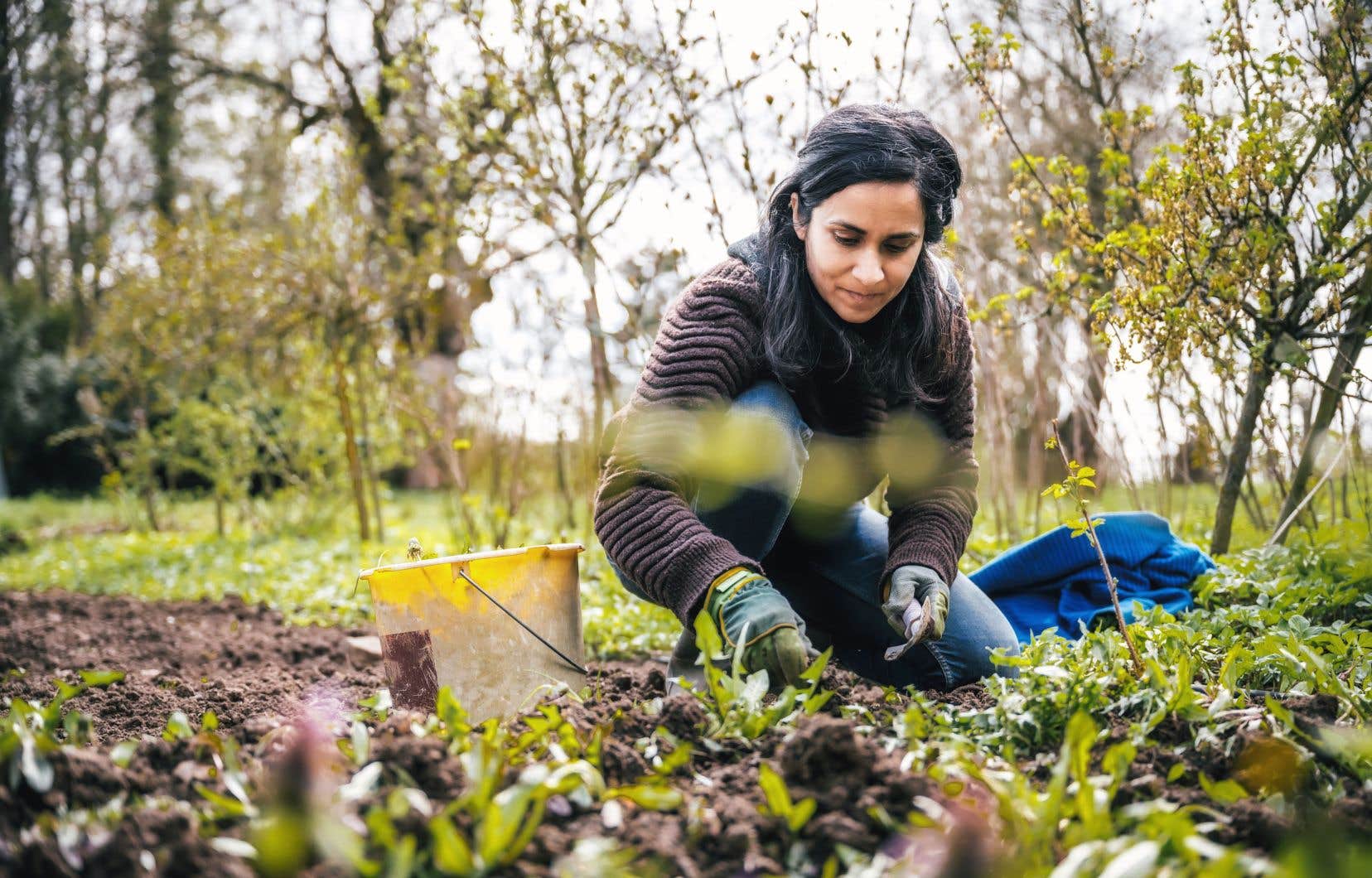This text is part of the special book Plaisirs
The arrival of spring is an exhilarating time. From the first scents of the warming earth, the promise of enjoying a tomato freshly harvested from our vegetable garden lives in us. Soon, it will be abundance in our gardens! However, it is only with a good job of preparation that this space will reach its true fullness. Here are the keys to success to get the gardeners’ favorite season off to a good start!
1. Take stock
Observation is key to begin with! Take the time to stroll through your waking garden and observe the changes perpetuated by the winter months. Are there fallen branches in your flower beds? Do any of your bins need repairs? Do you have any perennials that should be replaced? This is a time to take notes and list your priorities before you get to work.
2. Prepare your tools and materials
After several months of not using your tools neatly stored in your shed or closet, you may have forgotten that your rake is broken or that you misplaced your pruning shears a few weeks before the end of last season. Go around your tools, replace what needs to be replaced, clean them and rearrange them as needed! Efficient storage always makes work easier. Also, make sure you have all the gardening equipment you need for the season: think about your growing accessories such as your pots, your supports and your irrigation equipment. By making sure you have all your tools and accessories on hand, you will avoid many slowdowns and frustrations during your gardening projects.
3. Clean up
Before sowing again in your flowerbeds, make sure you have removed all remnants of the past season. Remove dead plants left behind, obsolete stakes and various debris. It’s also a good time to look at that famous list of priorities established during your first observations and to act! The goal is to bring your gardening space back to “new”.
4. Maintain your shrubs and perennials
Spring is the perfect time to prune your shrubs because you can easily distinguish branches or stems that are broken or withered. Armed with pruning shears and gloves, you can prune the shrubs to promote their productivity. This is also the time to ensure that all your shrubs or shrubs have the right support for their growth or control of their deployment. While you are busy in your garden, take the opportunity to clean up your perennials by cutting the old stems and checking if it would not be interesting to divide certain plants to transplant them a little further.
5. Prepare your bins, rows and squares
Now that your space is cleaned up, it’s time to get your garden in shape. Make sure that your rows are raised, your crops on mounds readjusted and your bins solidified. In short, this step consists of reworking the design of your garden so that all you have to do is worry about what you are going to plant in it.
6. Consider the health of your soil
We can never say it enough: the health of your garden depends on the health of your soil. First of all, it is important to know the constitution of its soil to understand what it needs. Did you know that it is even possible to buy analysis kits to find out the pH of your soil? By having as much information as possible about your soil, you will be able to add the necessary fertilizers or amendments to promote microbial life and the presence of nutrients. In any case, know that your garden or your bins will always benefit from a good supply of compost in the spring.
7. Use mulch for growing areas
It is important never to leave the soil bare to prevent weeds from taking over. Once the preparation of your soil is complete, take care to cover the soil well with mulch such as RCW (“fragmented ramial wood”) or straw. You can also use items from your environment to mulch your soil, such as dead leaves, grass clippings, or ferns!
8. Plan your crops
That’s it, you’re ready to sow in your garden… But not without having established a cultivation itinerary beforehand! Find out about sowing dates, but also about the number of days needed to harvest your varieties. You will thus be able to determine which varieties can be sown in successive sowings in order to maximize the harvest potential! It is indeed essential for any gardener to have a cultivation calendar. Fortunately, there are several online calendars that offer all the crucial information in one place so you don’t miss any important date, from sowing to harvesting. Also remember that it is always best not to grow a plant from the same family two years in a row. You can, for example, take advantage of this new gardening season to reverse the place of cultivation of certain species such as tomatoes and peas, which follow each other very well.
Why know the pH of your soil?
This special content was produced by the Special Publications team of the Duty, pertaining to marketing. The drafting of Duty did not take part.
